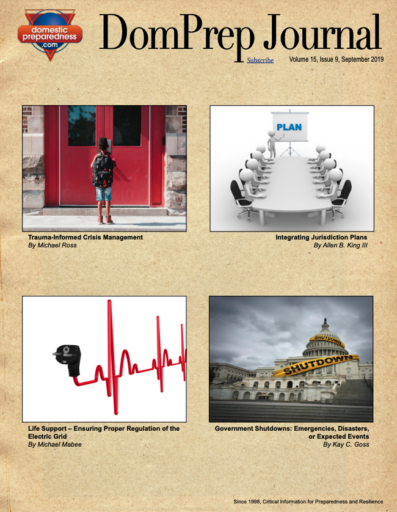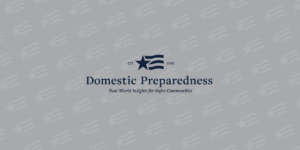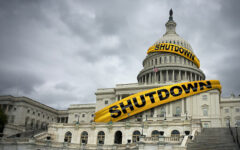

Trauma-Informed Crisis Management
Michael Ross
September 25, 2019
There is a growing industry of “realistic active shooter” drills. Many are focused on teaching participants how to “survive” an event. These drills involve imitation attacks, physical confrontations, fake weapons, and simulated deaths. Some of these drills have led to actual shootings, people being locked in closets or storage rooms, and deployment of tactical squads who were not pre-briefed or included on the drill. These drills do not promote resilience.

Preparing a Nation for Disaster – One Community at a Time
Catherine L. Feinman
September 25, 2019
Each year, the Federal Emergency Management Agency’s (FEMA) Ready campaign recognizes September as National Preparedness Month. Agencies and organizations across the United States participate in this national preparedness effort by

Integrating Jurisdiction Plans
Allen B. King III
September 18, 2019
Guidance for developing an integrated, coordinated, and synchronized emergency operations plan (EOP) is provided in Comprehensive Preparedness Guide 101 (CPG 101). Although many emergency managers consider the EOP the foundation of emergency and disaster plans, CPG 101 acknowledges that it is not the only plan that supports emergency management within a jurisdiction.

Life Support – Ensuring Proper Regulation of the Electric Grid
Michael Mabee
September 11, 2019
With few exceptions, human beings in the United States are literally on life support – plugged in to the electric grid. If that connection is unplugged, everything necessary to sustain the human population stops, including: food, water, fuel, transportation, medical resources, communications, and financial resources. According to a 28 March 2017 Senate report, in a long-term national-scale blackout, millions of U.S. citizens could die. After only a few weeks, deaths would escalate from waterborne diseases, starvation, and societal collapse. Immediate action could reduce these threats.

Government Shutdowns: Emergencies, Disasters, or Expected Events
Kay C. Goss
September 4, 2019
The 35-day government shutdown of 2018-2019 became the longest in U.S. government history. Food banks, firefighters, and community services agencies ramped up their food and other care services. Much like during natural disasters, a significant number of federal workers and contractors did not have sufficient savings to cover expenses during this hiatus in pay and experienced uncertainty in insurance and other financial considerations during such a lengthy and uncertain time, occurring during the Christmas holidays.

